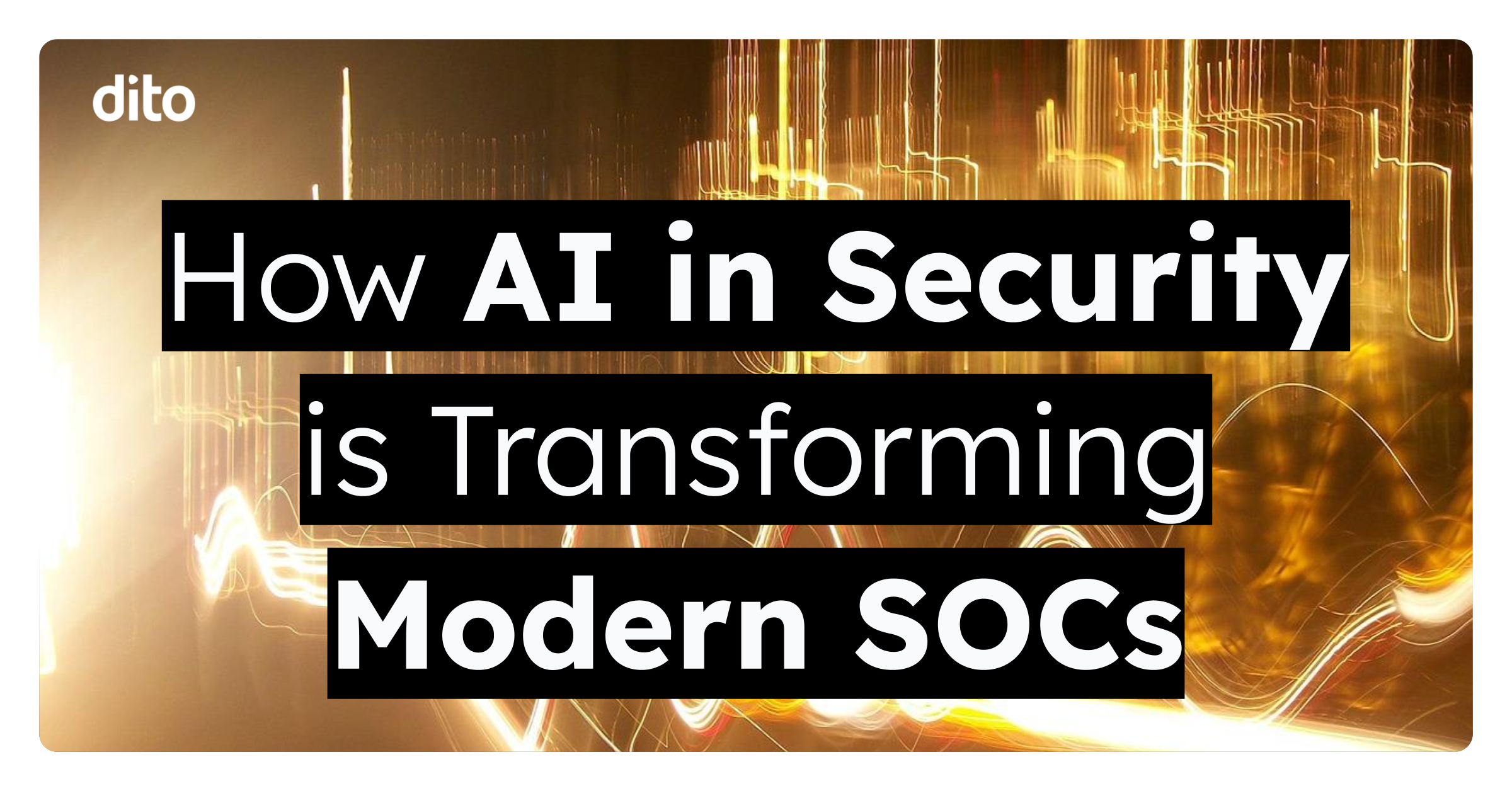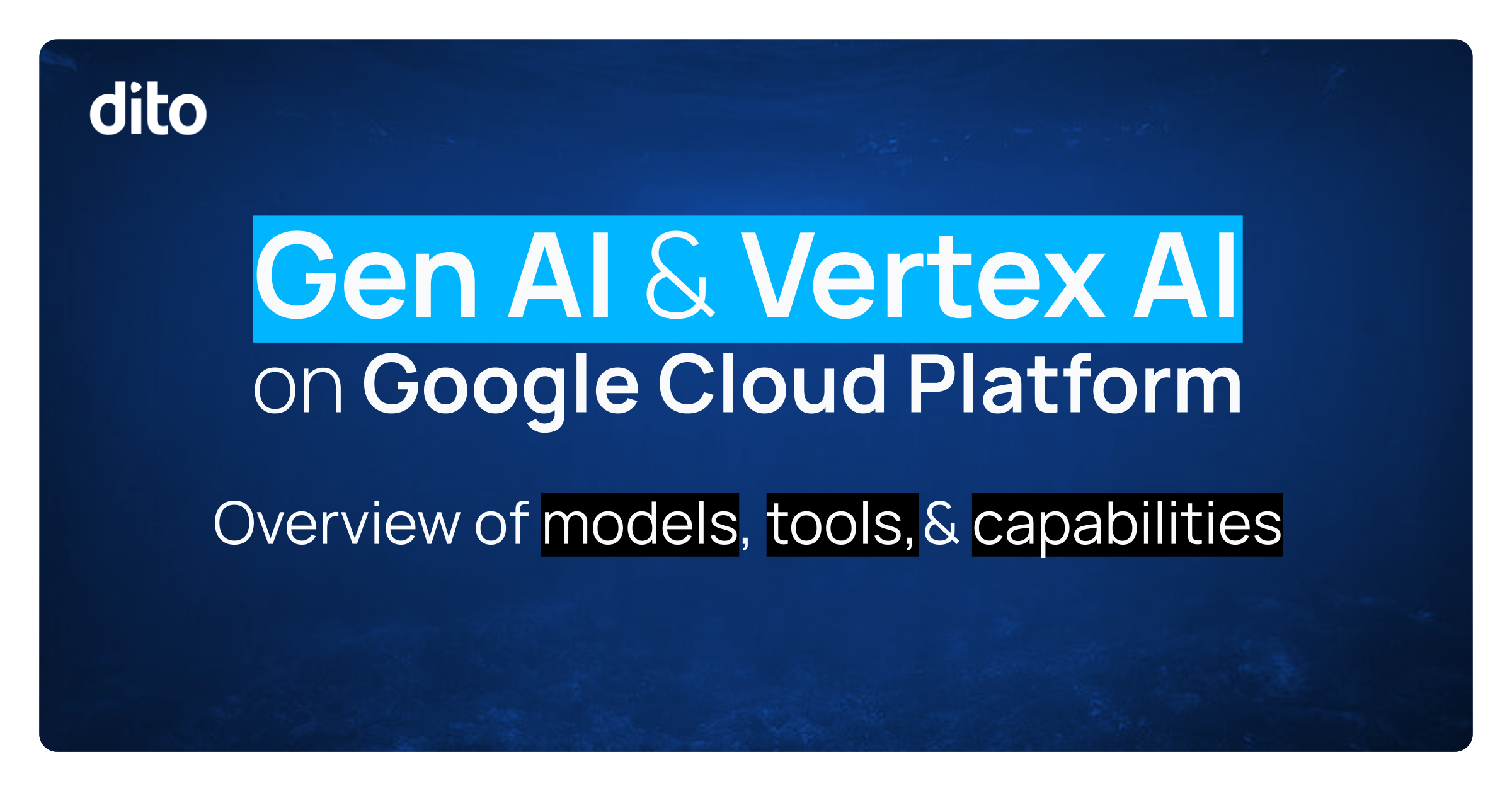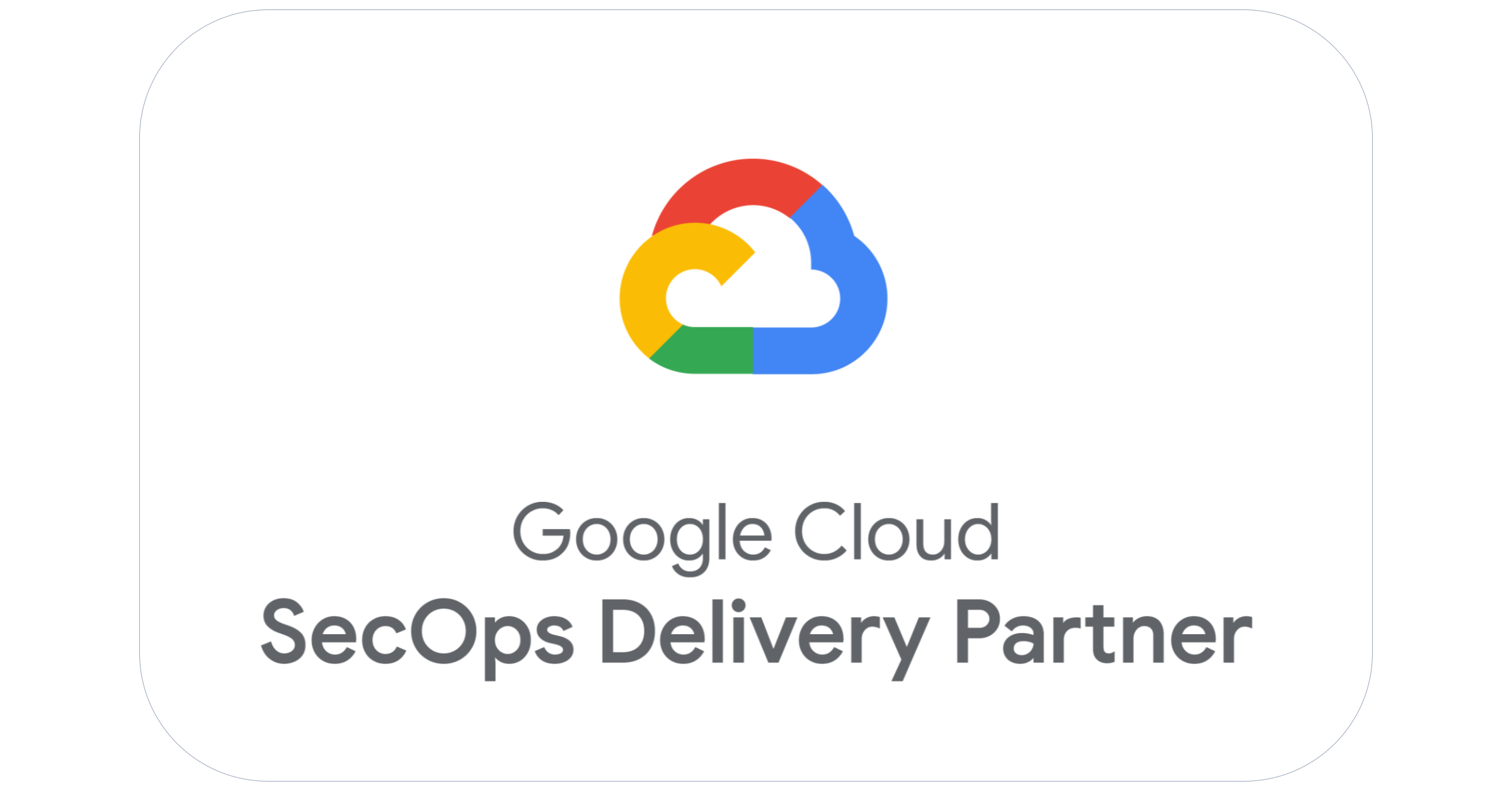Thinking Through an IT Modernization Initiative
Before modernizing your IT infrastructure, it’s vital to evaluate existing on-premise/hybrid systems and identify areas where strategic changes could bring about serious improvements.
However, there is a lot of data, scattered across the existing infrastructure, that businesses must examine and factor into their final decisions regarding modernization. Some will be readily available, accurate and enlightening. Others won’t tick any of those boxes.
Stakeholders play a vital role regardless of the circumstances. It’s up to them to gather and verify key decision points that drive those conclusions forward. This is especially true if those modernization efforts include a migration to the Cloud.
A move to the cloud can increase productivity and efficiency almost instantly. Instead of spending time, energy, and resources on a never-ending cycle of hardware maintenance, software updates and debugging, you can focus instead on solving business challenges, improving customer service and increasing revenues.
So what information should these businesses collect before modernizing their IT infrastructure?
The Basics
Any modernization should start with an inventory of existing systems, which will quickly reveal hidden costs, areas that are steadily leaking resources and assets over capacity. While reviewing the components that comprise your infrastructure, you’ll want to document the following:
- Which machines are running what systems.
- Which updates are needed, when they are needed and why they are needed.
- Which programs are supported and which are not.
- How many different versions of a given asset are in use.
- How many machines are currently inactive and why.
Further Assessment
Now it’s time to home in on the details. Here are just a couple considerations well worth exploring when modernizing IT infrastructure:
End-of-Life Systems
When system support nears expiration, businesses must act. End-of-life software may become less reliable, more expensive to maintain and often cultivate an endless list of workarounds to make do with limited functionality.
But that’s just the beginning. Other EOL issues are far more detrimental to productivity and the companies as a whole. For some, a loss of application support can compromise the user’s regulatory compliance.
What if outdated operating systems stop working with more modern applications? What if a much-needed patch never comes, and the result is a catastrophic data breach? IT teams must take note of any approaching EOL deadlines for their operating systems and software, research the extent of what they’ll lose and plan accordingly.
Cost and Purpose of Ad Hoc Upgrades
Whether you modernize on-prem or migrate to the cloud, there’s no denying cost projections will factor heavily into whatever you decide. To project costs for your current infrastructure as well as your modernization plan, however, you must first figure out whether your legacy infrastructure is truly built to scale efficiently. If you’re planning on modernizing, then it’s probably not, but it’s important to identify exactly where those inefficiencies exist.
Furthermore, scalability should be fundamental to how you plan your modernization or migration going forward. Patchwork upgrades can have astronomical costs. Implementation and integration, too, can derail already lagging process in desperate need of a refresh. In late 2017, Dimensional Research surveyed more than 200 IT professionals and found that, in addition to reporting migration delays, more than half of the companies questioned in the study went over budget. What expensive upgrades have you made recently? Why did you make them? What features were your core systems lacking?
Modernizing with a Cloud Services Partner
These are just a few examples of the kinds of information that businesses must gather before modernizing their IT infrastructures. All in all, it can consume a lot of bandwidth, forcing IT teams to focus on minutiae rather than the big picture.
A qualified cloud consulting partner can help with everything from identifying and evaluating the benefits, accurately estimating and allocating costs, and assessing existing on-premise or hybrid infrastructures – all to create a blueprint for the new cloud architecture.
As previously discussed, using internal IT staff for modernization efforts can be problematic on multiple levels. But by partnering with an experienced services provider, you’ll have a team of experts ready to perform research on your behalf, present your internal IT pros with findings and suggestions, and act on your final decisions for modernization. You not only reduce stressors that can derail projects and productivity, but you’ll also experience the faster, smoother, more cost-effective operation that modernization or cloud migration can bring.
Contact Dito today to qualify for a free infrastructure assessment that analyzes your existing network and allows for you to:
- see granular details on existing hardware and software configurations,
- run various “what if” scenarios for comparing TCO,
- do automatic instance matching and eligibility checks to compare current vs cloud readiness,
- identify cost optimization opportunities running at peak, 99th percentile or 95th percentile
- and simulate what your environment would look like (and cost) in Google Cloud Platform









